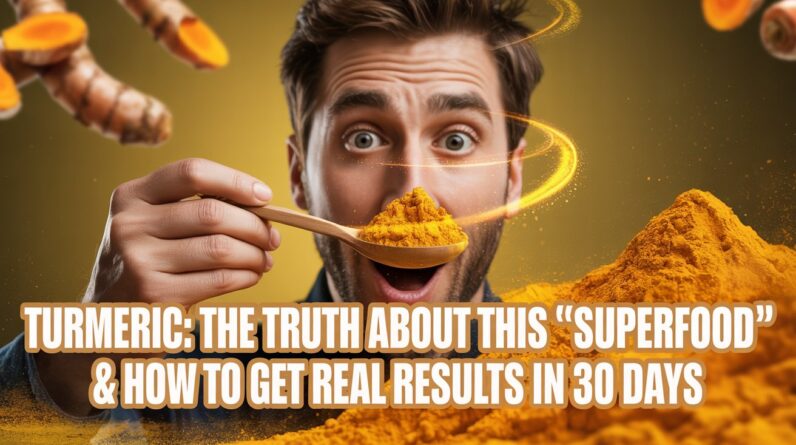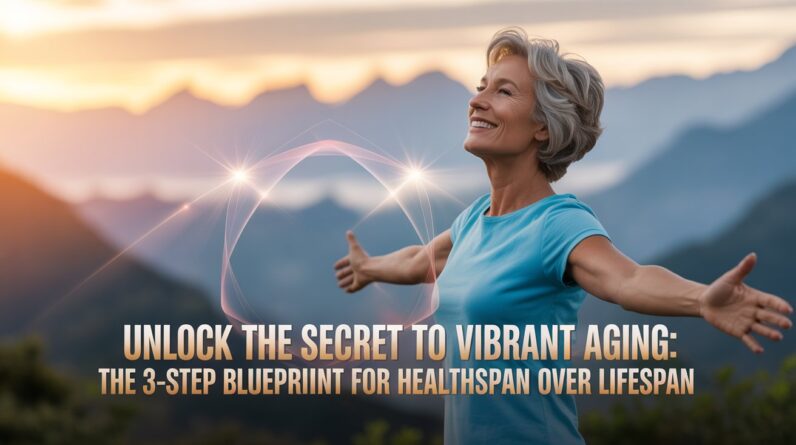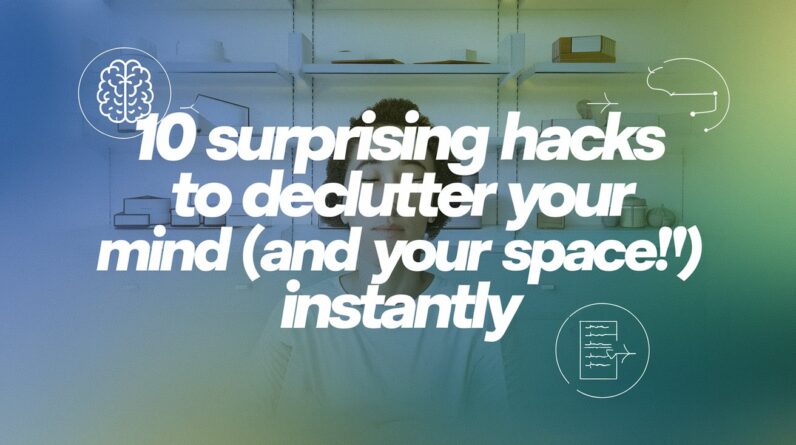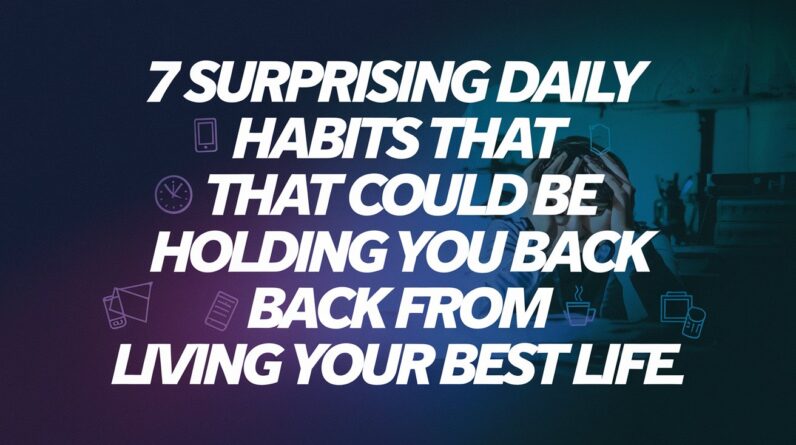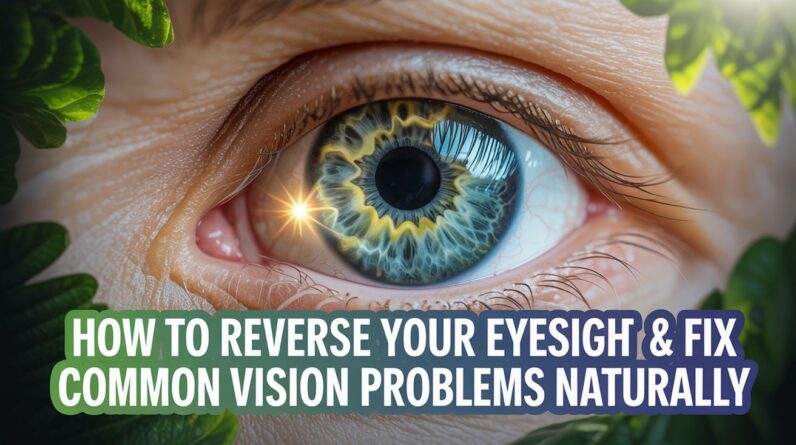
If you spend countless hours in front of a computer, you’ve probably noticed blurry near‑and‑far vision, dry eyes, or the need for glasses. Good news: many of these issues stem from preventable or reversible factors such as mitochondrial loss, poor nutrition, and lack of proper eye‑muscle movement. In this post, we’ll break down the science, explain the most common eye conditions, and give you 12 actionable, natural strategies to restore sharp, comfortable vision.
TL;DR: Boost retinal mitochondria, protect the lens, and train your eye muscles with red‑light therapy, targeted nutrients, intermittent fasting, and simple daily habits.
1. The Basics: How Your Eye Works
| Part | Function |
|---|---|
| Cornea | Front dome that begins focusing light. |
| Lens | Changes shape (accommodation) to focus near & far. |
| Retina | “Wallpaper” at the back of the eye; converts light into nerve signals. |
| Macula & Fovea | Small central area (≈ grain‑of‑sand size) packed with cones—the cells responsible for color, fine detail, and daylight vision. |
| Optic Nerve | Carries visual information to the brain. |
Key takeaway: The fovea holds the highest concentration of cones, which in turn contain the most mitochondria of any cell in the retina. Healthy mitochondria = clear, vibrant vision.
2. Why Vision Declines – The Mitochria Connection
- Mitochondrial loss in cone cells reduces ATP (energy) production.
- Less ATP → reduced contrast sensitivity, increased glare, and the need for brighter light.
- By age 60, the eye often requires 3× more light than at age 20.
Bottom line: Protecting or restoring mitochondrial function is the single most powerful way to reverse age‑related vision loss.
3. Common Age‑Related Eye Problems
| Condition | What Happens | Typical Symptoms |
|---|---|---|
| Presbyopia | Lens stiffens, accommodation weakens | Difficulty focusing near objects |
| Cataracts | Lens becomes cloudy (often from high blood sugar) | Foggy vision, glare |
| Glaucoma | Increased intra‑ocular pressure | Peripheral vision loss, “tunnel vision” |
| Age‑Related Macular Degeneration (AMD) | Mitochondrial loss in macula | Loss of central detail, reading difficulty |
| Dry Eye | Poor tear production (often from low B1, screen time) | Burning, gritty feeling |
| Floaters | Protein clumps float in vitreous | Spots that “move” with eye motion |
| Diabetic Retinopathy | Blood‑sugar damage to retinal vessels | Blurred vision, possible blindness |
Understanding the root cause of each problem helps you target the right natural remedy.
4. 12 Natural Strategies to Reverse Eye Decline
1️⃣ Red‑Light Therapy (Photobiomodulation)
- Wavelength: 670 nm (deep red) – proven to boost mitochondrial efficiency in cones.
- Protocol: 3 minutes, eyes closed, once per week (effects last ~7 days).
- Safety Tip: Use IEC 62471‑exempt or RG‑1 low‑risk devices; keep eyes closed because infrared penetrates eyelids easily.
2️⃣ Regular Aerobic Exercise
- Long walks, hikes, cycling → more oxygen → healthier mitochondria.
3️⃣ Intermittent & Prolonged Fasting
- 12‑16 hr daily fast + occasional 48‑72 hr fasts trigger autophagy, cleaning damaged proteins (helps with floaters).
4️⃣ Low‑Carb / Ketogenic Diet
- Low blood sugar = fewer glycation products that damage the lens and retina.
5️⃣ Optimize Vitamin A Intake
- Sources: Egg yolks, liver, cod liver oil, butter.
- Why: Vitamin A is essential for night vision; deficiency → night blindness.
6️⃣ Lutein & Zeaxanthin
- Benefits: Antioxidant protection for macula, UV filtration.
- Best Sources: Kale, Swiss chard, pistachios, egg yolk (more bioavailable).
7️⃣ N‑Acetyl‑Carnosine (NAC) Eye Drops
- Breaks down glycated proteins in the lens, reversing early cataracts.
8️⃣ High‑Dose Vitamin D₃ (with K₂ & Mg)
- Supports anti‑inflammatory pathways; Dr. Harold Schell links it to glaucoma improvement.
- Aim for blood level ≈ 100 ng/mL (consult a physician).
9️⃣ Niacin (Vitamin B₃)
- May improve ocular blood flow and assist with glaucoma management.
🔟 Saffron Supplement
- Clinical studies show visual acuity improvement in AMD patients.
1️⃣1️⃣ Sunlight “Hack”
- Watch sunrise/sunset without looking directly at the sun → natural circadian reset, boosts melatonin (antioxidant).
1️⃣2️⃣ Polyphenol‑Rich Foods
- Turmeric, resveratrol, dark chocolate → systemic anti‑inflammation supporting eye health.
5. Quick‑Fix Daily Habits (Desk Reset, 20‑20‑20 Rule, Sunlight Hack)
| Habit | How to Do It | Why It Works |
|---|---|---|
| 20‑20‑20 Rule | Every 20 min, look at something ≥ 20 ft away for 20 seconds. | Relieves accommodation cramp, restores focus. |
| Blink Every 5 sec | While focusing, consciously blink. | Keeps tear film intact, reduces dry‑eye fatigue. |
| Desk Reset (Outdoor Focus) | Spend 2 hrs/day looking at distant natural objects (trees, clouds). | Trains eye muscles to relax, improves depth perception. |
| Reading Light | Use a warm‑white LED (3,000‑4,000 K) directed at reading material. | Improves contrast, eases strain for those > 50 yo. |
| Sunrise/Sunset Look‑Around | Face the horizon, avoid direct gaze. | Boosts melatonin, improves antioxidant status. |
6. Recommended Supplements & Foods
| Supplement | Daily Dose (Typical) | Key Benefits |
|---|---|---|
| Vitamin D₃ | 4,000–5,000 IU (with K₂ & Mg) | Anti‑inflammatory, glaucoma support |
| Lutein/Zeaxanthin | 10 mg / 2 mg | Macular protection |
| N‑Acetyl‑Carnosine Drops | 1 drop per eye, 2×/day | Early cataract reversal |
| Niacin (B₃) | 50–100 mg | Improves ocular blood flow |
| Saffron Extract | 30 mg | AMD visual acuity boost |
| Alpha‑Lipoic Acid | 300 mg | Reduces AGEs, supports lens flexibility |
| Magnesium | 300–400 mg | Enhances vitamin D absorption |
Foods to Prioritize
- Egg yolks (vitamin A, lutein/zeaxanthin)
- Leafy greens: kale, spinach, Swiss chard
- Fatty fish (omega‑3s improve retinal health)
- Nuts & seeds: pistachios, walnuts
- Organ meats: liver (vitamin A, B‑complex)
7. Frequently Asked Questions (FAQ)
Q1. How long before I see results from red‑light therapy?
Most users report noticeable contrast improvement within a week; continue weekly sessions for sustained benefits.
Q2. Can I replace glasses entirely with these methods?
For many, vision improves enough to reduce prescription strength, but outcomes vary. Consult an eye‑care professional before stopping glasses.
Q3. Are there any risks with high‑dose vitamin D?
Excessive vitamin D can cause hypercalcemia. Test your blood level and pair with magnesium and vitamin K₂ to stay safe.
Q4. What if I have advanced cataracts?
N‑Acetyl‑Carnosine drops can help early-stage cataracts; for advanced cases, surgical removal may still be necessary.
Q5. How much fasting is needed to clear floaters?
Regular intermittent fasting (12‑16 hr) combined with occasional 48‑72 hr fasts can stimulate autophagy, which may reduce floaters over months.
8. Take Action Today!
- Start the 20‑20‑20 rule right now—set a timer on your phone.
- Add a daily lutein/zeaxanthin supplement (or a serving of kale).
- Schedule a 3‑minute red‑light session this week (eyes closed!).
- Plan a low‑carb dinner tonight and aim for a 14‑hour fast overnight.
- Book an eye exam to get baseline measurements and discuss supplement doses.
Your eyes are the only part of your body that can’t heal on their own—give them the mitochondria‑boosting, anti‑oxidant, and movement support they need!
Ready for clearer vision? Share this post, comment with your progress, and let’s build a community of people who see the difference.


